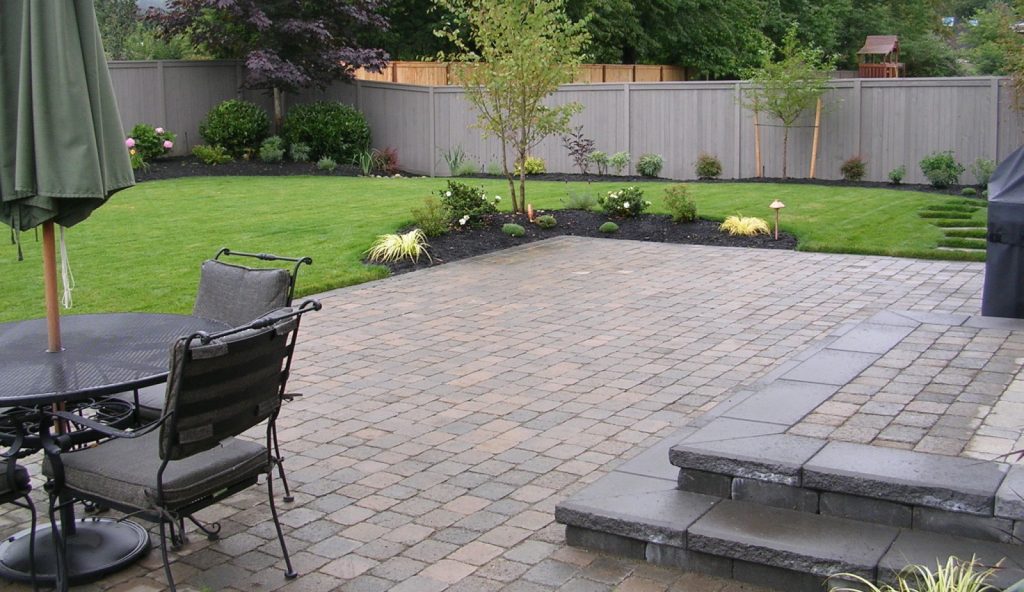Even parking lots and walkways require clear directions for drivers, walkers and bikers. Modern technology has not yet altered getting around small areas.
In an era of GPS guidance apps, we think it’s impossible to get lost, right?
Well, almost, but not quite. If you’re on a college or medical campus, in an apartment or hotel complex, or traversing a series of parking lots within a group of suburban office buildings, it’s quite possible you’ll waste time and be frustrated if there isn’t sufficient wayfinding signage to help you get around. GPS isn’t yet able to help in many such situations.
Signage is an effective means of helping people know where they are going, where they are not supposed to go, where they can park, where pedestrians have the right of way, and how they can exit a parking area. Signage is what prevents vehicles from confusion over who has the right of way, and what prevents fender-bender mishaps on private property (i.e., parking lots, which are outside the jurisdiction of municipalities that manage public roads). Signage also helps pedestrians, providing them with clear paths for walking safely between points A and B.
An important part of signage in parking and other paved areas is that, allowing for the behaviors of motorists and pedestrians, signs are not entirely set at eye level. More to the point, they are set so that where the eyes of drivers and walkers are looking or are likely to look determine where the sign should be. This is why directions for traffic are painted on the pavement itself in addition to signs that stand on poles.
For most property owners, signage is a responsibility placed on the asphalt paving company that constructs new parking, egress/regress and pedestrian areas.
What if the wayfinding is poorly marked or not marked at all in a parking or pedestrian walkway area?
Dissatisfied customers – Whether it’s parents dropping off their children at their college dorm, retail customers, or prospective renters, a difficult-to-navigate environment can be a turnoff because it wastes peoples’ time. Poor traffic management too might mean gridlock that could easily be prevented with traffic flow-directing signage.
Conflict – Poor instructions on how and where to park, who has the right-of-way, and perhaps a failure to provide well-marked bike lanes can lead to disputes as to where each belongs. Parking lot rage is a close cousin to road rage.
Accidents – If any intersection fails to provide a 2-way or 4-way stop sign, it’s only a matter of time before there is a T-bone collision. Even worse is if pedestrians, bikers or people with disabilities are unprotected from vehicular traffic.
Liability – The property owner, as with municipalities, who fails to provide signage to prevent accidents is naturally vulnerable to lawsuits.
Generic signage is something most paving contractors can provide or subcontract. Where appropriate, custom-designed signs can help establish a graphic/brand identity while providing directions and wayfinding for visitors to the property.

